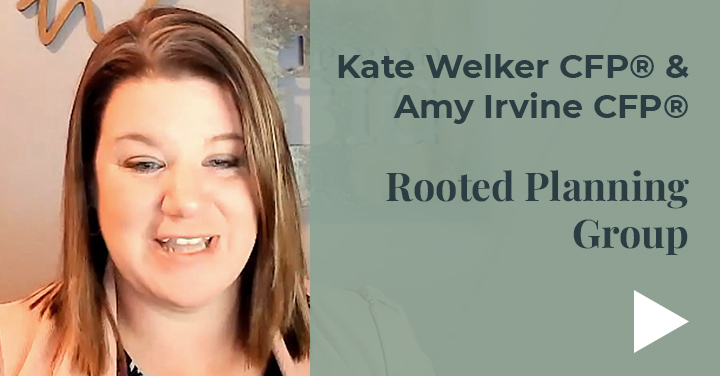Reaching your ideal college savings number requires some research, planning, and projecting. The process is continuous and will change over time. But before you start – or revisit your savings goals – it’s essential to think about the bigger picture.
Prem Hira, financial planner and founder of Investry.com, joins our Learn from the Experts series. Prem’s take on college planning challenges us to think more holistically about our education goals and seek out the wisdom of others as we work towards establishing our college savings number.

Look at the bigger picture
Before diving into the numbers, Prem encourages families to assess the education they hope to save for. How does it factor into your student’s happiness? Why are you (or your student) seeking a college education?
This value-first approach will help guide your decision making.
And for families seeking professional advice, ensure your advisor considers the “whole financial picture.”
Think about your number
Prem cautions that looking at a college’s sticker (or published price) can be misleading. “That’s not necessarily what people pay, and I don’t think everybody knows that,” says Prem.
Fortunately, there are tools to help, including the college’s net price calculator, College Scorecard, and another recommendation from Prem called College Aid Pro.
While the rising cost of college is all over the news, Prem encourages families to look beyond the headlines. News stories don’t factor in student scholarships and other types of financial aid that impact what you end up paying.
Start young and involve family
“I try to guide my clients to save half by eighth grade,” says Prem.
Identifying half the number will depend on your child’s age, projected tuition increases each year, and when your child plans to attend college. The earlier you start, the more time you have.
Don’t forget to involve your family. “People want to help each other. Give them a good opportunity to help,” says Prem.
One popular way grandparents and other relatives help is through direct contributions to a 529 account, called e-gifting, especially for birthdays and holidays.
Set it but don’t forget it
“An investment in anything, whether it’s in college savings or saving for a home, shouldn’t be looked at more than once a year,” says Prem.
If you work with a financial advisor, lean on them to monitor things over time. A family’s circumstances can change in the future. And that’s when an advisor will help reevaluate your priorities and goals.
Change is especially true with college savings. As your children get closer to college age, understanding their education goals and the evolving landscape of college could alter your savings path.
Ready to find your own number? Try these 5 steps >>












